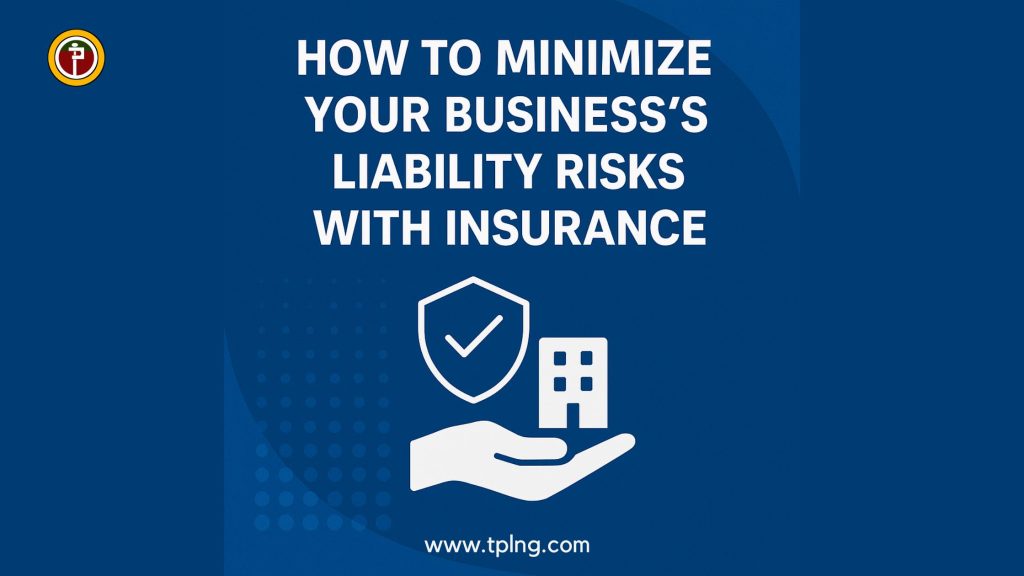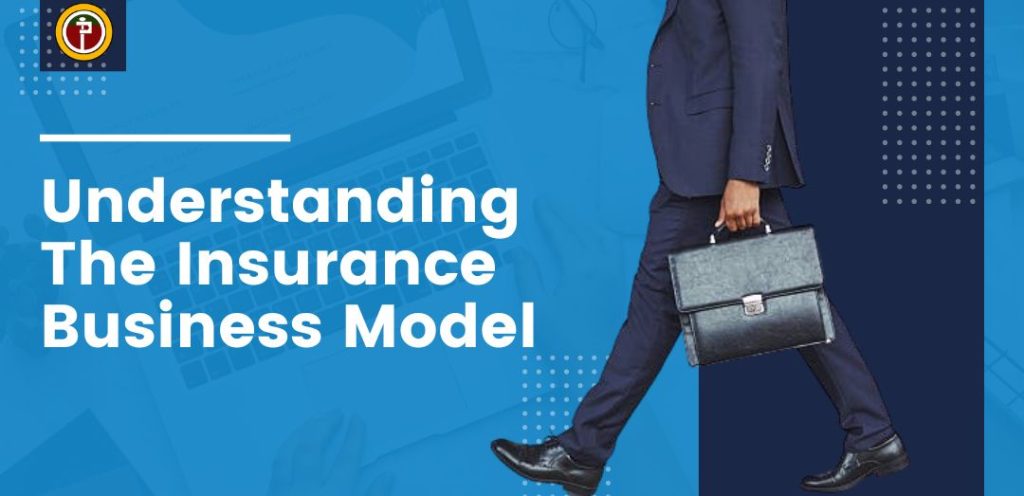Running a business involves numerous risks—financial, operational, strategic, and legal. Among these, liability risks pose a significant threat to a business’s reputation and financial health. Whether it’s an injured customer on your premises, a data breach, or a product defect, liability claims can be costly and sometimes devastating. Fortunately, one of the most effective ways to mitigate such risks is through appropriate insurance coverage.
At Transparent Protection Ltd, we understand the importance of shielding businesses from liabilities. This article explores how insurance helps minimize your business’s liability risks and what types of liability coverage are most crucial.
Understanding Business Liability
Business liability refers to your legal responsibility for any harm or loss your operations, products, services, or employees may cause to others—whether clients, customers, vendors, or the general public. Common liability exposures include:
- Bodily injury to customers or third parties
- Property damage caused by business operations
- Errors or omissions in professional services
- Employee-related claims (e.g., harassment, discrimination)
- Product defects or failures
- Cyberattacks or data breaches
Failing to manage these risks can lead to lawsuits, fines, reputational damage, and even business closure.
Also read Understanding Liability Insurance and Its Applications
How Insurance Helps Minimize Liability Risks
Insurance serves as a financial safety net, absorbing the costs of legal defense, settlements, judgments, and regulatory penalties associated with liability claims. It also demonstrates that your business is responsible and prepared, which can improve client trust and competitiveness.
Here’s how the right insurance coverage reduces liability risk:
1. Covers Legal Expenses and Compensation
When a lawsuit arises, your liability insurer typically covers the cost of legal defense, court fees, and any awarded damages up to the policy limits. This protects your cash flow and assets from unexpected financial hits.
2. Mitigates Reputational Damage
Responding quickly and effectively to liability issues—thanks to insurance—can minimize public backlash and reputational harm. Many policies also offer public relations support in crisis situations.
3. Fulfills Legal and Contractual Obligations
Certain industries and clients require proof of liability insurance before doing business. Insurance keeps you compliant with regulations and helps you secure contracts.
4. Protects Against Employee Misconduct
Employment practices liability insurance (EPLI) protects your business if an employee sues for wrongful termination, discrimination, or harassment, among others.
5. Safeguards Digital Assets and Customer Data
With cyber liability insurance, businesses are protected from losses caused by hacking, data breaches, and cyber extortion. This is increasingly important in today’s digital economy.
Types of Liability Insurance Every Business Should Consider
To effectively minimize liability exposure, businesses should consider the following types of liability insurance:
1. General Liability Insurance
This is the foundation of business liability protection. It covers bodily injury, property damage, personal injury (e.g., defamation), and related legal costs.
2. Professional Liability Insurance (Errors & Omissions)
For service-based businesses, this covers claims of negligence, mistakes, or failure to deliver services as promised.
3. Product Liability Insurance
If your business manufactures or sells physical products, this covers claims related to product defects that cause injury or damage.
4. Employers’ Liability Insurance
Often included in workers’ compensation policies, this covers workplace injuries or illnesses not covered under standard health policies.
5. Cyber Liability Insurance
Protects against digital threats like hacking, ransomware attacks, or data breaches involving sensitive customer information.
6. Directors and Officers (D&O) Insurance
Covers the personal liability of company directors and officers for decisions that result in financial loss or legal action.
Practical Tips for Minimizing Liability Risks Beyond Insurance
While insurance is a critical safeguard, proactive risk management can prevent many issues before they escalate. Here are a few additional measures:
- Train employees on safety protocols, customer interaction, and data handling.
- Use legal contracts with clear terms to manage client and vendor relationships.
- Ensure product and service quality to avoid consumer complaints or defects.
- Secure your business premises to minimize accidents or hazards.
- Regularly review and update insurance policies to match current risks.
Choosing the Right Liability Coverage
Every business is unique, and the right insurance solution depends on your industry, size, operations, and risk profile. Partnering with a knowledgeable insurance advisor can help you:
- Identify your risk exposures
- Understand policy exclusions and limitations
- Select appropriate coverage limits
- Combine multiple policies into a cost-effective package
Liability risks are an inevitable part of running a business in Nigeria’s dynamic economy. However, the financial and legal consequences don’t have to be. By securing comprehensive liability insurance and adopting strong risk management practices, your business can operate confidently, sustainably, and securely.
Take action today—review your current coverage or speak to an advisor at Transparent Protection Ltd to ensure your business is fully protected.




